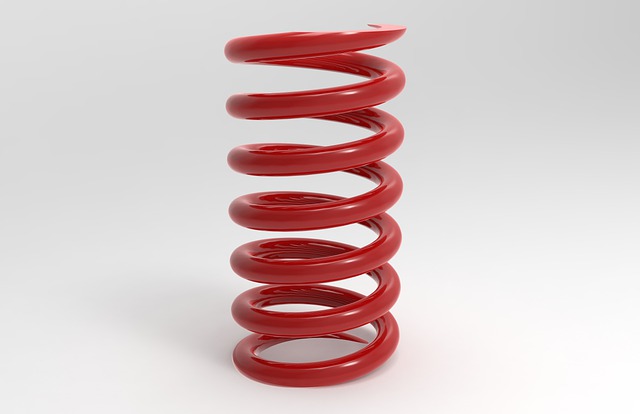How Springs Work In Suspension Systems
How Springs Work In Suspension Systems

The role of springs is to compensate for bumps and potholes on roads, in order to preserve a specific height of the suspension system and support the weight of the vehicle without too much sagging. This applies to all types of springs: coil, leaf or torsion.
When it comes to coil springs, the geometry of the coil and the diameter of the wire are the key parameters that determine the damping performance of the spring. Springs have a huge importance in making modern vehicles comfortable and durable, so we can safely say that they are among the key elements that provide us with the safety and the comfort of our modern rides. See here for Apex Suspension to see high-quality products.
Leaf Springs
From a historical point of view, leaf springs are the oldest and the most widespread spring designs ever used in suspension systems. One of the most important advantages of leaf springs is that they attach the axle directly to the chassis.
Some applications use a single-leaf spring. Although leaf springs can be found mainly in truck applications with solid drive axles, there is also a possibility to combine a leaf spring with a rear axle featuring an independent suspension to employ in performance vehicles.
A leaf spring is a versatile system. By changing the thickness, the width, the length and the number of the spring leaves, it is possible to cater to a wide array of ride control requirements and load-bearing needs.
Furthermore, the friction between the leaves makes the leaf spring behave as a rebound dampener for itself. In some applications, the classic steel spring can be replaced with a plastic one, with the purpose of reducing the total weight of the system and making it rustproof.
Torsion Springs
For many years now, vehicles featuring SLA suspension systems have been using torsion-bar springs. As you can easily guess, a torsion bar is a bar with a round section, with a length of about for feet, which is designed to twist under the action of weight applied to the system.
since a torsion bar is usually preloaded by an in-built twist, it can only fit the side of the car it was designed for.
A torsion bar suspension system has two great advantages: is lightweight and compact. Thanks to their threaded screw adjustment that controls the bat tension, these springs can provide a great fine-tuning of the suspension height. Furthermore, they can be attached to either the lower or the upper control arm, thus making the whole design more versatile.
Coil Springs
In order to gain a better understanding of the way a coil spring works, try to imagine it as a thin, long torsion bar that’s shaped into a coil. The coiled wire twists with the compression of the spring, and then it twists again with the extension of the suspension system, making the spring work on the same principle as the torsion bar.
As coil springs take a relatively small space, they are ideal for a wide range of suspension designs such as independently sprung rear axle, MacPherson strut, solid-axle systems, and any other SLA that uses a spring configuration.
Springs should always be replaced in pairs. If you don’t do it, you’ll have difficulties in aligning and handling your vehicle.
Many of the latest vehicle models use variations of the MacPherson strut design. The characteristics of a coil spring depend directly on its wide diameter, length, overall diameter and number of coils.
In some applications, manufacturers use variable-rate coil springs in vehicles that carry heavy loads only occasionally. This type of coil spring increases its capability to bear loads as it gets compressed.
How Springs Work
Springs work by cushioning the ride of a car, attenuating road surface irregularities. The operating principle is the sprung-to-unsprung weight ratio.

